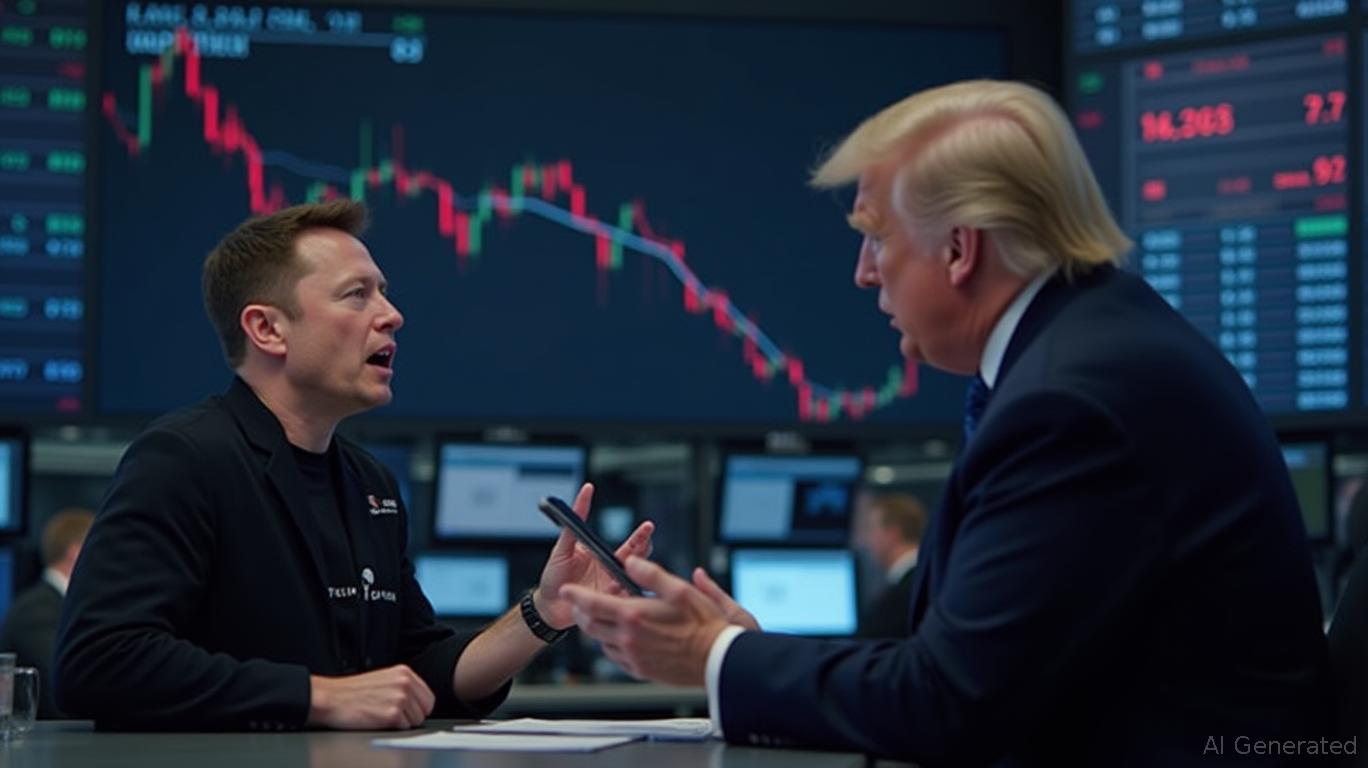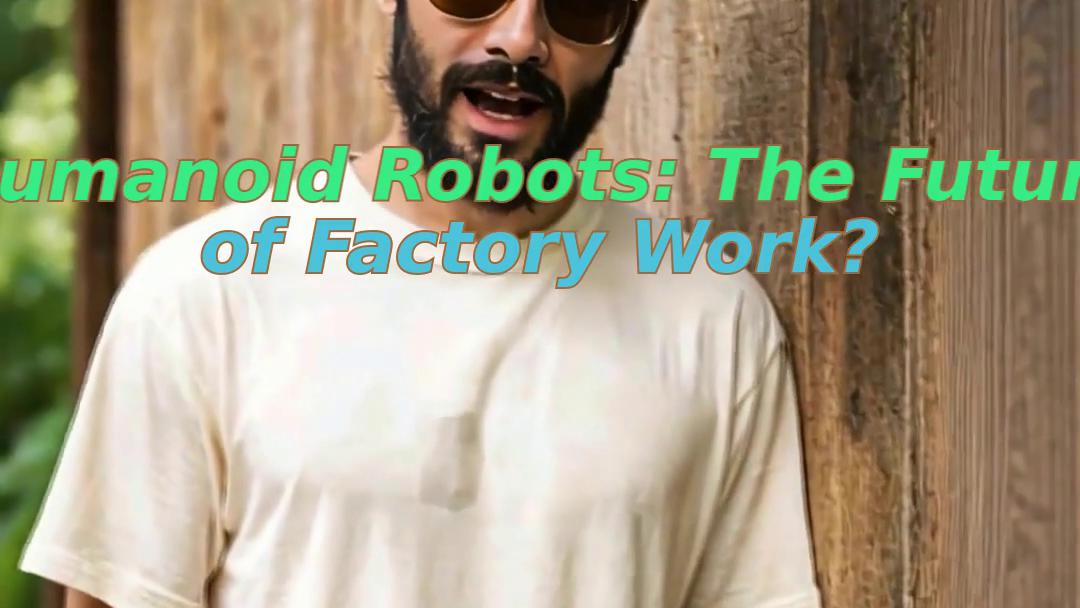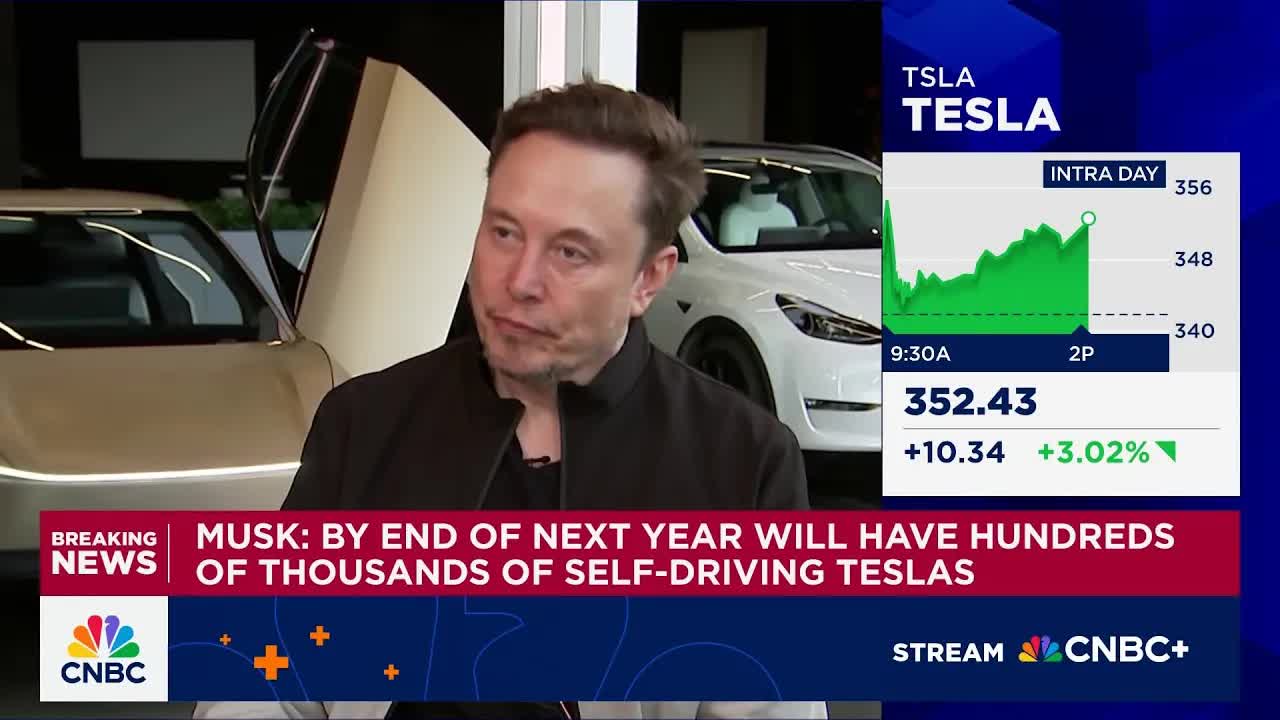Musk: Humanoid robots will be ready for mass production in 2026.
At 4:00 a.m. Beijing time on July 24, Tesla released its second-quarter 2024 earnings report, with the company reporting $25.5 billion in revenue, up from $24.927 billion in the same period last year; the company reported $1.8 billion in non-GAAP net income for the quarter. During the Tesla 2024 Q2 earnings call, Tesla CEO Elon Musk said that the company’s Robotaxi (self-driving taxi) will be released on October 10, 2024, and could be available to the public by the end of this year or early next year. Tesla’s second-generation humanoid robot, Optimus, is already being used in Tesla’s factories to perform battery-related tasks, and is expected to have several thousand Optimus units working in Tesla’s factories by the end of 2025, with deliveries to external customers beginning in 2026.
Musk said that Tesla could potentially receive FSD (Full Self-Driving) approval in some markets by the end of this year, such as Europe and China.
For distributed computing, Musk believes that the AI 5 chip that will be released by the end of 2025 will make distributed computing a clear choice. From a physical perspective, future vehicles will have AI 5 or higher versions of the chip, and possibly tens of billions of humanoid robots, providing astonishing amounts of inference computing when the vehicles and robots are idle.
Data shows that Tesla produced more than 410,000 electric vehicles globally in the second quarter of 2024, with deliveries breaking 440,000, up 14.7% year-on-year. The Shanghai Super Factory continued to play a key role, with 710,700 deliveries in June, domestic sales grew to 592,610. July is expected to set a new record for monthly domestic deliveries. The 5-year 0% interest policy has been extended to August 31. Tesla 4680 battery production capacity increased by 50% on a monthly basis.
Tesla’s next-generation new car will be produced according to plan in the first half of 2025, and can use existing production lines, which will maximize the utilization of existing nearly 3 million vehicles, achieving a 50% increase compared to 2023. After that, Tesla will invest in new production lines.









